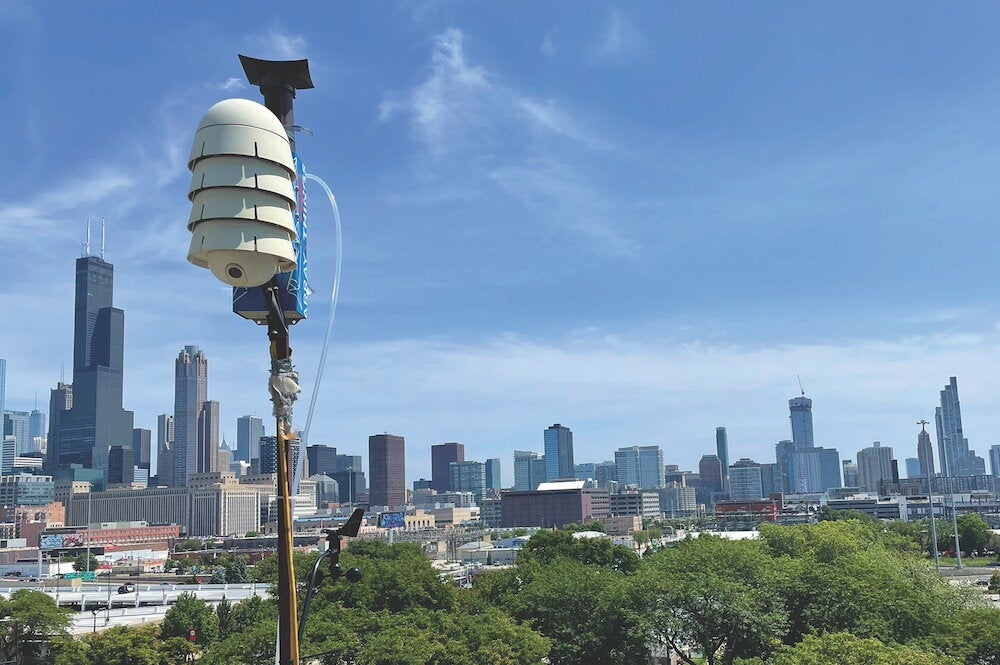

When people think of deforestation of the Amazon rainforest, they usually picture clear-cutting, in which large swaths of trees are cut down in a single area. But LAS researchers have found that cutting down trees in a fishbone pattern has a surprisingly different impact than clear-cutting.
Whether this difference is better for the ecosystem or not remains to be seen, says Somnath Baidya Roy, U of I professor of atmospheric sciences.
Baidya Roy has been studying the impact that patterns of deforestation have on the land and climate in Rondonia, Brazil. He notes that in Rondonia the forest is cut along a rapidly expanding network of highways and roads, creating a pattern of deforestation that resembles a fishbone when observed from the air.
The U of I team discovered that where trees are removed in this fishbone pattern, precipitation actually increases in certain areas. This contrasts with clear-cutting, which results in decreased rainfall when it is done on a large scale, bringing about a drier, more arid landscape.
Baidya Roy has not established whether there is a change in overall precipitation in the areas with fishbone deforestation. But there is definitely evidence that the precipitation is redistributed, with more rain over the deforested patches.
According to Baidya Roy, a deforested patch is warmer than the neighboring forests. Warm air is lighter and rises, creating a localized low-pressure zone. As cool air rushes in to fill the void, cumulus clouds develop and rain results.
In fact, their studies have indicated that fishbone deforestation can trigger up to 15 millimeters (0.6 inches) more rain over pastures, stimulating an increased growth of vegetation in these areas.
"It speeds up vegetation recovery and thus may offset the effects of deforestation," says Baidya Roy. "More rain is usually, but not always, good for the ecosystem."


